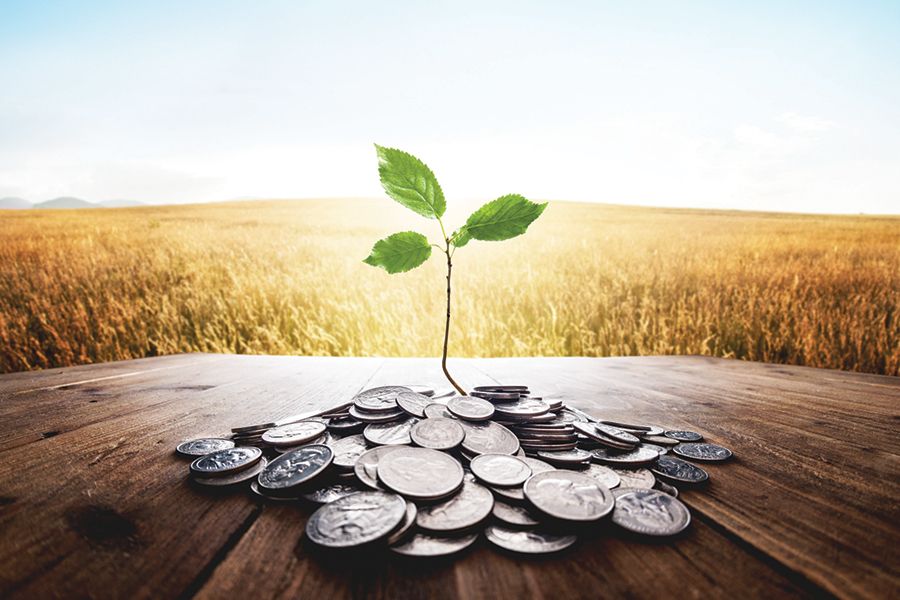The rapidly-expanding and diversified nature of the global green economy makes it well-placed to contribute to the projected required investment of between $125trn and $275trn to reach net zero greenhouse gas emissions by 2050.
This bodes particularly well for equities investors. There was strong market performance in 2020 and 2021, for example, and although performance to date has lagged global equity markets this year – potentially due to extended valuation premiums and weakness in green sub-sectors such as renewable energy – this is unlikely to be long lived.
According to findings from a FTSE Russell report on key trends and insights in the global green economy, the long-term growth drivers of this fast-developing market remain intact.
These include an increasing focus on climate finance, investors’ expanding interest in sustainable investment and green taxonomies coming into force, said Lee Clements head of sustainable investment solutions in the sustainable investment research at FTSE Russell.
“The green economy demonstrates a rapidly growing and sizeable investment opportunity,” he added.
For example, in response to global environmental challenges, including climate change, the green economy recorded a compound annual growth rate of around 14% during the past 12 years.
“With a market capitalisation of over $7trn and a weight of 7.1% of global equity markets, the green economy by itself would be the fifth largest industry, comparable in size to the fossil fuel sector,” said Clements.
Expanding choice in going green
The FTSE Russell research highlights the diversity in the green economy via a range of technologies. Some are growing fast, said the report, citing energy management and efficiency and transport equipment; others such as renewable energy equipment are growing more modestly.
Furthermore, some industries are “greening” quickly, with 42% of the market capitalisation of the automobiles and parts sector focused on lower-carbon solutions, mainly driven by the electric vehicles market.
Utilities is the second “greenest” sector, with 27% of its market capitalisation focused on low-carbon solutions such as renewable power generation.
At the same time, FTSE Russell pinpoints the green economy as both a developed and emerging markets story.
“The green economy is globally diverse, albeit with concentration in certain countries such as the US (54%), followed by China (12%). However, while smaller in total size, Japan and European countries, such as France and Germany, have a higher exposure to the green economy,” said Clements.
Planning for the future
He also noted the lack of in-depth data on the green economy and limited corporate reporting on green products and services as key challenges to developing countries and implementing a common language.
This might take some time, said Clements. “Despite the proliferation of green taxonomies globally, improvements in disclosures are likely to be gradual, and measuring the green exposure of large and diverse global investment portfolios will, for the time being, remain challenging for investors.”
The FTSE Russell report aims to be a starting point in plugging the information deficit, he added.
“As the green economy gathers pace, sustainability-themed investment has become a dominant trend within the financial industry – now too significant for investors to ignore.”








